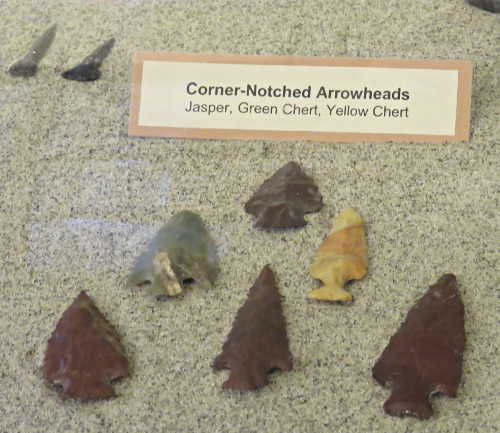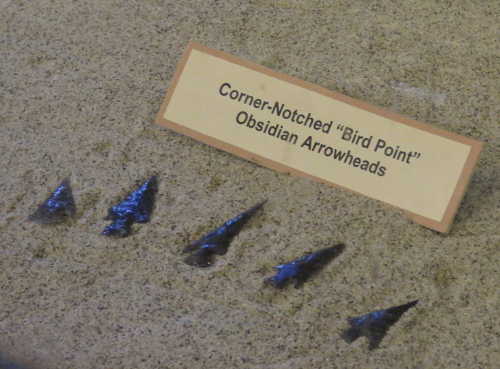
LAKE COUNTY, Calif. – When you consider the span of human history, it was not too long ago at all when what is now Lake County was inhabited strictly by American Indians.
There were numerous villages, or what some anthropologists like to call “city states,” here.
The Pomo, Wappo, Miwok, Yuki and Patwin Indians lived here in Lake County for thousands of years.
Anthropologist A.L Kroeber wrote that California Indians comprised the most diverse cultural range found in what is now the United States, before being decimated by the missionaries, settlers and a host of other negative impacts.
There were different kinds of homes utilized then. At every permanent home site a sweat house could be found and a dance abode, as well.
The elders of each group, along with the small children inhabited permanent village sites. The men who hunted and fished occupied various temporary, or seasonal, villages.
Each person in the group knew his place and job. The occupation of tool-maker, or arrowhead chipper, was extremely important.
Obsidian, the volcanic glass that abounds in the unique geologic area of Mt. Konocti, a dormant volcano, provided bountiful, igneous obsidian rock that was used to form a variety of tools and arrowheads.
Borax Lake obsidian has been excavated at other archaeological sites at Indian villages throughout California, as it was a valuable trading commodity by American Indians.
This special volcanic region, now known as Clear Lake Volcanics, produced a unique translucent, gray-black to light gray-colored glass that was used for many kinds of spear tips, arrowheads and tools.
These once-valued volcanic remnants were mightily important in the Pomo and other Indian cultures. The rock was painstakingly fashioned into arrowheads, fishhooks, scrapers and tools of all description. Jasper and chert were sometimes used to fashion arrowheads and tools, as well.
Obsidian is a volcanic or igneous rock that forms when almost crystal-free magma that has flowed to earth's surface solidifies.

Not considered a true mineral, obsidian is sometimes called a mineraloid because it is glass and not crystalline.
Found worldwide where certain types of volcanic eruptions have occurred, such as in Argentina, Australia, Canada, Italy and more, obsidian is usually black but can be found in gray or, even more rare red-brown colorations.
The obsidian found here in Lake County could be found at Borax Lake, Cole Creek, Mt. Konocti and other special quarries, and was highly prized as a tool-making and trading medium.
There were times when access to a rich source of obsidian was denied by a group of Indians, for example, if there were attempts at thievery in an obsidian quarry, but it was more common for all to share and trade.
The shiny, sharp material was there for all tool makers to use to create spears, hooks, drills, arrowheads and cutting tools.
Through the study of American Indian trade routes in California, Lake County obsidian tools and obsidian cores – the unfinished piece of obsidian – have been found north and south of here, as well as in the eastern Sierra Nevada and west, to the coast regions.
Scientists learn a great deal from a tiny obsidian flake, via obsidian hydration and X-ray fluorescence spectrometry, the study of the rock's hydration bands which can reveal both the age and type of obsidian and its source.
For more information on American Indian tools, visit one of our great museums, such as Ely Stage Stop in Kelseyville, Gibson Museum in Middletown, Lakeport Historic Courthouse Museum or the Lower Lake Historic Schoolhouse Museum, or visit archaeologist Dr. John Parker's interesting Web site, http://wolfcreekarcheology.com/Elempoints.html .
Kathleen Scavone, M.A., is a retired educator, potter, writer and author of “Anderson Marsh State Historic Park: A Walking History, Prehistory, Flora, and Fauna Tour of a California State Park” and “Native Americans of Lake County.” She also writes for NASA and JPL as one of their “Solar System Ambassadors.” She was selected “Lake County Teacher of the Year, 1998-99” by the Lake County Office of Education, and chosen as one of 10 state finalists the same year by the California Department of Education.


 How to resolve AdBlock issue?
How to resolve AdBlock issue? 



